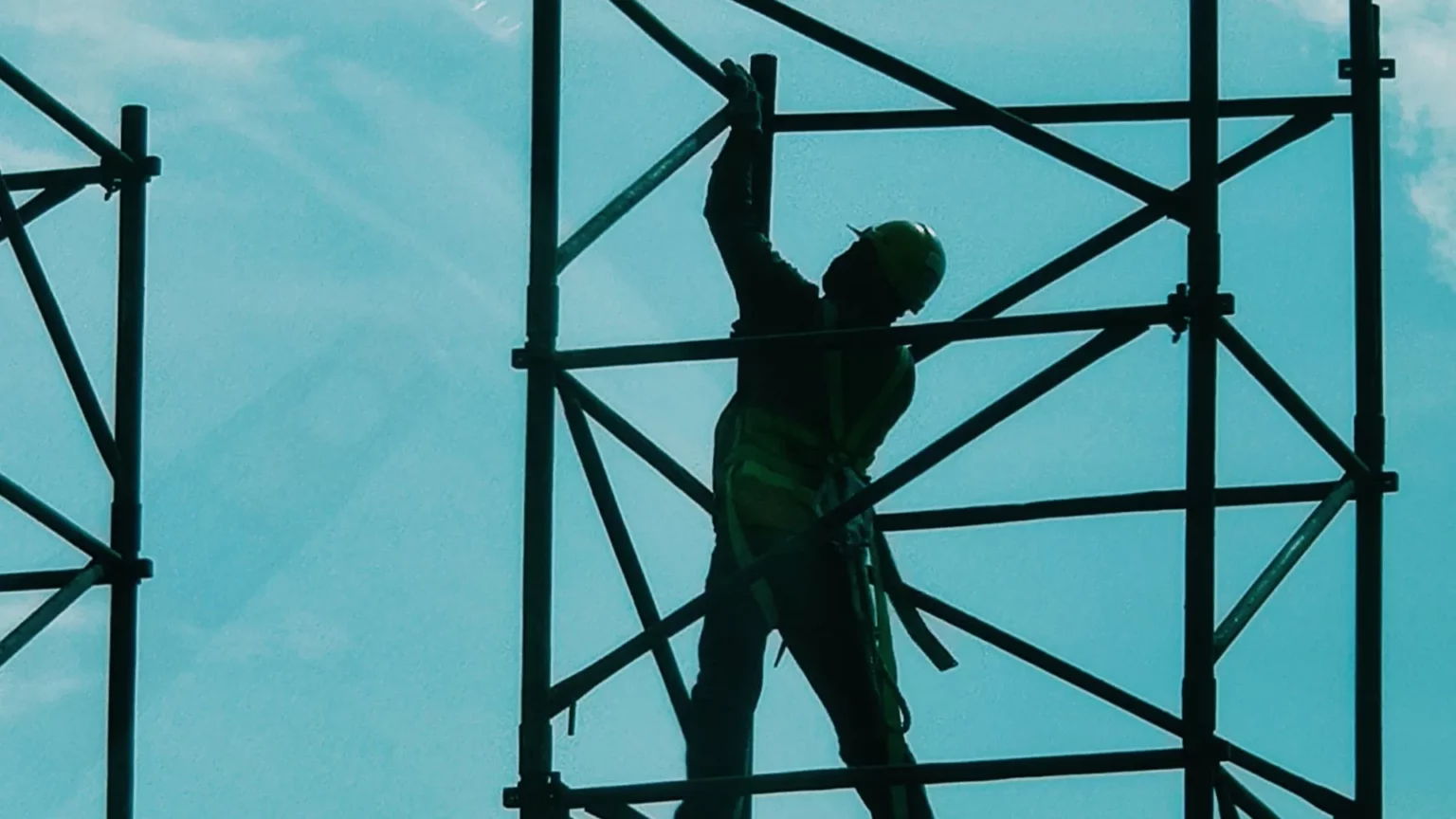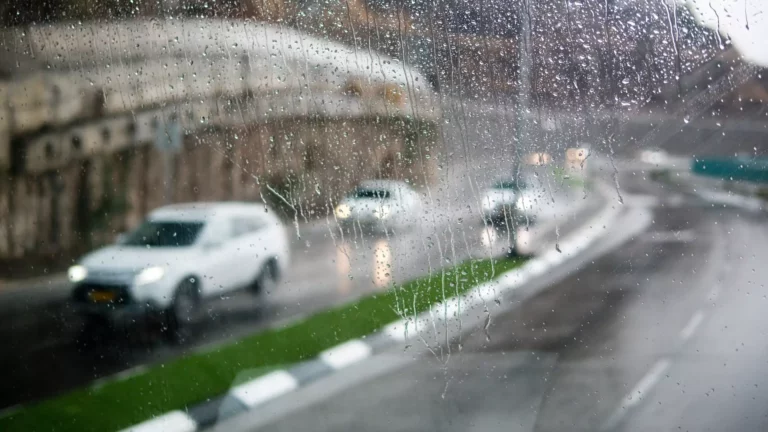Can the victim of a scaffolding accident file a personal injury lawsuit?

Can the victim of a scaffolding accident file a personal injury lawsuit?
Yes, a victim of a scaffolding accident in New Jersey can file a personal injury lawsuit against the responsible parties. This type of case is known as premises liability and involves proving that the property owner or occupier failed to maintain safe conditions on their premises. In this situation, the property owner or occupier must be shown to have been negligent in failing to provide adequate safety precautions around any scaffolding used at the location, which led to an injury or death.
The first step for victims of a scaffolding accident in New Jersey is to seek medical attention as soon as possible. After receiving appropriate medical care, it may be beneficial to contact a lawyer experienced in premises liability cases who can evaluate your legal options and advise you on how best to proceed. The lawyer will investigate the accident to determine who is liable for the damages and may be able to negotiate a settlement with the responsible parties on your behalf.
If it proves impossible to reach an out-of-court agreement, you may need to take legal action against those responsible for your injuries. In this case, a personal injury lawsuit must be filed in civil court within two years of the date of the accident. The plaintiff must prove that their injuries were caused by another party’s negligence and seek monetary compensation from them for medical bills, lost wages, pain and suffering, and other related damages. An experienced attorney can help ensure that any legal action taken is successful and all eligible damages are recovered.
Therefore, if you or a loved one has been injured in a scaffolding accident in New Jersey, contact an experienced personal injury attorney as soon as possible to review your case and discuss the potential for recovering damages. With the help of a knowledgeable lawyer, you can pursue justice and compensation for your injuries.
What are the possible causes of a scaffolding accident that a victim can file a personal injury lawsuit?
A personal injury lawsuit from a scaffolding accident can be caused by many factors, such as negligence on the part of the builder or owner of the structure; defective parts or materials used in the design and construction of the scaffold; inadequate safety measures that were not followed; improper maintenance or inspection procedures; lack of safety training for those working on the scaffold; and/or exposure to hazardous substances.
Negligence is one of the major causes of scaffolding accidents and can come in a variety of forms. For example, if there is a defect in a component used to construct the scaffold, such as an incorrectly sized beam or poorly welded joints, it could cause instability and result in an accident. Similarly, if adequate safety measures are not taken when constructing a scaffold, such as the use of guardrails and warning signs, an accident could occur due to someone falling off it.
Defective parts or materials used in the construction of the scaffold can also lead to accidents. If components like nuts, bolts, and beams are produced with incorrect specifications or without proper quality control procedures, this can result in instability and ultimately lead to an accident.
Inadequate safety measures can also be a cause for personal injury lawsuits from scaffolding accidents. This includes failing to provide proper safety equipment, such as harnesses or lanyards; inadequate training for those working on the scaffold; or failing to inspect the structure regularly. Without adequate safety protocols, accidents can occur more easily, and the risk of injuries is heightened.
Furthermore, improper maintenance or inspection procedures can result in an accident due to wear and tear on the structure or its components. For example, if a scaffold has not been inspected in some time and bolts become loose or rotten wood becomes exposed, this could lead to an accident if left unchecked.
Finally, exposure to hazardous substances while working on a scaffold can also cause injury. This could include contact with toxic vapors or chemicals that are released into the air while painting or welding near the structure. If workers are not wearing proper protective equipment while on the job, they may be exposed to these dangerous substances and suffer from health complications as a result.
Overall, personal injury lawsuits from scaffolding accidents can be caused by a variety of factors, such as negligence on the part of the builder or owner; defective parts or materials used in the construction of the structure; inadequate safety measures that were not followed; improper maintenance or inspection procedures; lack of safety training for those working on the scaffold; and/or exposure to hazardous substances. It is important to ensure these issues are addressed before a scaffold is used to avoid potential accidents and injuries.
What are possible injuries that can occur from a scaffolding accident?
Injuries sustained from a scaffolding accident can range from minor to severe, depending on the circumstances. A personal injury lawsuit filed as a result of a scaffolding accident may include claims for medical costs, lost wages, pain and suffering, mental anguish, emotional distress, loss of enjoyment in life, and wrongful death.
The most common injuries associated with scaffolding accidents are fractures or broken bones due to falling objects or slips and falls. Cuts and scrapes could also be experienced due to sharp edges or improper safety equipment. In more serious cases, individuals may experience traumatic brain injuries (TBIs) if they were hit by an object while working on the scaffold. Spinal cord injuries resulting in partial or full paralysis may also occur due to the scaffold’s instability or falling objects. Injuries such as these require extensive medical care and can lead to long-term disabilities that significantly reduce the quality of life.
Those injured in a scaffolding accident need to seek legal advice, to understand their rights under personal injury law and determine whether they are eligible for compensation from a third party responsible for their injuries. It’s also important to make sure any claim made following an accident includes all possible damages associated with it – both now and in the future – ensuring no stone is left unturned when pursuing justice for victims of these tragic accidents.
What injuries can occur from a scaffolding accident?
The most common injuries resulting from scaffolding accidents include broken bones, fractures, sprains, strains, and muscle tears. In severe cases, head trauma or spinal cord injuries can occur. These types of injuries can result in a loss of mobility, permanent disability, or even death. Victims of these types of accidents may also suffer emotional distress due to their experience as well as physical pain and suffering.
In addition to physical injury, victims of scaffolding accidents may also suffer economic losses such as lost wages due to time taken off work for medical treatment, reduced earning capacity if they are unable to return to the same line of work because of their injuries, and/or medical bills incurred for treatments related to the accident. If the victim can prove that the accident was due to another party’s negligence, they may be eligible for compensation for these losses.
Victims of scaffolding accidents may also be able to pursue punitive damages from the liable party if the circumstances are egregious enough. Punitive damages are designed to punish wrongdoers and discourage similar behavior in the future. In some cases, punitive damages can amount to an amount much higher than compensatory damages meant only to replace what was lost due to the accident. It should be noted that an experienced personal injury attorney can help with assessing punitive damage claims as well as helping victims file a claim for other forms of relief.
Finally, victims of scaffolding accidents may also seek legal recourse through filing a personal injury lawsuit. These types of lawsuits are designed to hold the responsible parties accountable and help victims recover lost wages, medical bills, pain and suffering and other losses related to the accident. To successfully pursue a personal injury lawsuit, evidence must be gathered that establishes the negligence of the liable party as well as proof that this negligence was directly responsible for causing the victim’s injuries. An experienced attorney can assist with gathering this evidence and filing a successful lawsuit on behalf of their client.
Overall, scaffolding accidents can cause serious physical and economic harm for victims which is why seeking legal recourse through a personal injury lawsuit is recommended in these cases. With proper legal representation, victims can receive compensation commensurate with their losses.
Can the family of a victim who passed in a scaffolding accident file a personal injury lawsuit?
In New Jersey, the family of a victim who passed away in a scaffolding accident can file a wrongful death lawsuit. Wrongful death is defined as “the untimely and unlawful death of another person due to the negligence or intentional act of another”. Therefore, if the deceased person’s family can demonstrate that their loved one died due to an act of negligence or intent on someone else’s part, they may be able to file a successful wrongful death claim against that party.
A wrongful death suit must be filed by the personal representative of the estate on behalf of the beneficiaries; typically, this is done by an attorney hired on behalf of the surviving family members. The goal is usually to obtain financial compensation for medical expenses, funeral expenses, loss of wages, pain, and suffering endured by the deceased person before their death, and any other damages that may be applicable.
The success of a wrongful death suit in New Jersey depends on several factors, such as being able to prove negligence or intent on behalf of the defendant(s), having clear evidence to back up your claims, and determining who is legally responsible for the accident. It is important to note that there are also statutes of limitations associated with filing a wrongful death claim in New Jersey – so families need to pursue justice quickly and efficiently.
Ultimately, if you have lost a loved one due to an accident involving scaffolding in New Jersey, you may be eligible to file a wrongful death lawsuit. It is important to consult with an experienced attorney who can help you navigate the process and pursue justice on behalf of your loved ones.
The key takeaway from this is that filing a wrongful death claim in New Jersey can be complicated, but with the right legal representation, families can obtain justice for their lost loved ones. If you have been affected by such a tragedy, please reach out to a qualified lawyer who can provide advice and guidance through what may be a difficult and emotional time. With their assistance, the family of a victim who passed away in a scaffolding accident can ensure they receive the compensation they deserve for their pain and suffering. This financial compensation can also help them find closure after such a traumatic event. Ultimately, wrongful death claims are important for holding negligent parties accountable and helping families find justice during a difficult time.
Who can the victim of a scaffolding accident file a personal injury lawsuit against?
In New Jersey, a victim of a scaffolding accident can file a personal injury lawsuit against the responsible party – typically the owner or manager of the construction site. This could be either the employer of the injured worker or any subcontractors who were directly involved in the incident. In some cases, it could even include an equipment manufacturer if their product was found to be faulty. Furthermore, depending on what caused the accident and its circumstances, it’s possible for other third parties to potentially be liable – such as property owners or architects involved with designing and constructing the building where the accident occurred.
The injured individual will need to prove that another party was negligent to win compensation from them as part of their lawsuit. This means showing that the other party was aware of the risks associated with scaffolding and failed to take appropriate action to prevent an accident from occurring. For instance, if a worker fell off scaffolding due to it being improperly constructed or maintained, then this could be evidence of negligence on the part of those in charge.
In addition to any financial compensation awarded by the court as part of a successful personal injury lawsuit, some individuals may also be eligible for workers’ compensation benefits if they were employed at the time of their accident. These benefits are designed to help cover medical bills and lost wages while an individual recovers from their injuries.
Victims of scaffolding accidents need to seek legal advice as soon as possible to ensure that their rights are protected and that they have the best chance of obtaining financial compensation for their injuries. An experienced personal injury attorney will be able to advise victims on all aspects of filing a lawsuit and guide them through the entire legal process.
No matter who is responsible for causing a scaffolding accident, it’s important that those affected seek legal advice so they can understand what steps need to be taken to pursue fair compensation for their suffering. A skilled lawyer should be consulted immediately to ensure justice is served.
Related Blogs
No Fee Unless
GGL Wins
We've got you covered.
We are available 24/7/365
One of our advisers will contact you.

OFFICIAL PARTNER OF RUTGERS ATHLETICS



Recent GGL Wins
Auto Accident
Mediation award Plaintiff was injured in an intersection motor vehicle collision resulting in neck and lower back fusion surgeries.
$2 Million
Verdict
Workers' Compensation
25-year-old laborer died in an industrial accident while working.
$1.15 Million
Verdict
Construction Accident
Roofer fell off roof causing head trauma resulting in a head injury. Plaintiff was not given fall restraint protection equipment by contractor.







